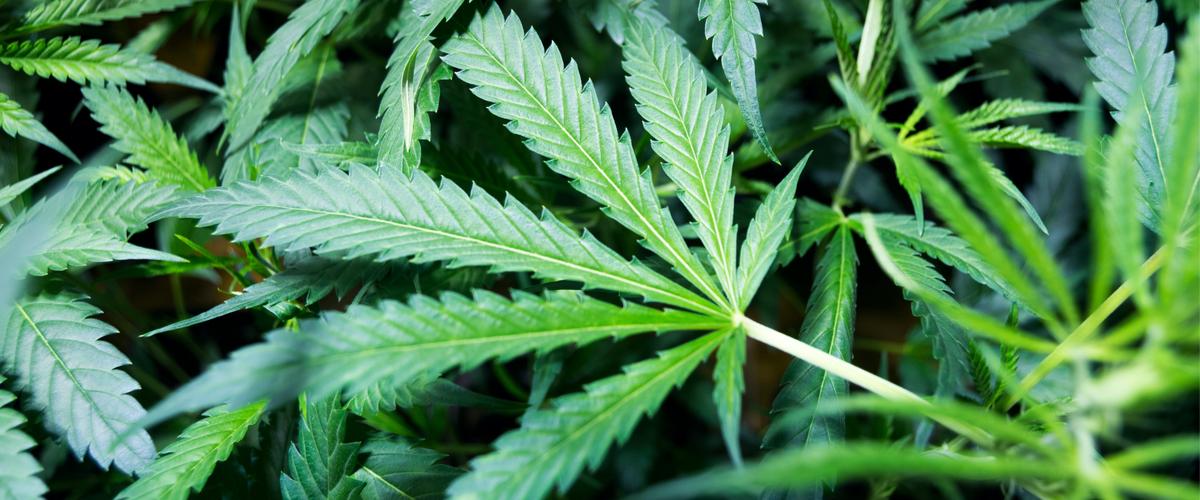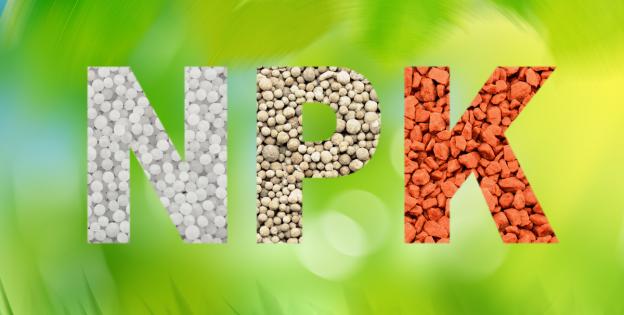- Many people believe growing cannabis and obtaining heavy yields is just about going through a number of phases, but seasoned growers know that is not quite true.
- Harvesting buds of acceptable quality is one thing; achieving excellence is a completely different thing. To produce cannabis flowers similar to a haut-cuisine dish, one must master and control a world of tiny details. Anyone heard of Brix and sugar distribution in plants before?
- In this post, you’ll learn the major role played by sugar in the organs of cannabis plants as well as the best way to measure the sap’s sugar content analysing the Brix degree.

There's no need to be an expert in botany to know that photosynthesis is crucial for the growth and development of all plants.
Sugar production is encouraged by photosynthesis. Plants need airborne CO2 absorbed through the leaves, water absorbed through the roots, chlorophyll, and sunlight to produce complex sugars.
The major role played by sugar in cannabis cultivation
In addition to making sure all these 7 essentials are under control, sugar production and distribution must be encouraged to make sure plants grow strong and healthy, and produce superior yields.

The distribution and sugar requirements vary wildly depending on the part of the plant and the different developmental stages. But not just that. The strain and its structure also have a direct effect on it.
Young leaves, for example, suck more sugar because they're still growing. Fully-grown older leaves, however, need way less sugar. The plant triggers an intelligent sugar management mechanism that sends the excess off to organs in need. It's quite like a self-regulating mechanism.
Sugar is strategically distributed according to the natural needs of every phytobiological agent. Buds are the greatest sugar suckers for they need a constant flow of energy to grow and to produce the resin trichomes.
That's why sugars are key to the development of cannabis plants in their different stages.
How does the Brix scale (°Bx) affect cannabis cultivation?
The Brix degree is used to measure the percentage of sucrose in an aqueous solution. It basically estimates the amount of light that is bent when it passes through any dense material or aqueous solution.

Naturally, light travels faster through air than through water because the latter is way denser.
If we place an object into water, it seems to bend, but it's not. It's just an optical illusion.
The same happens when working out in the water. Air and water density levels are, in fact, so different that it takes more effort to work out in the water than on land.
The human eye can't estimate the sugar content in cannabis plants. Before travelling to other parts, sugar is produced and stored in the leaves.
°Brix levels are tested with a refractometer that measures the angle of refraction at which light travels through the sap. It's an indicator of the sugar density in sap as well as of the immune system's endurance.
Plants' sap contains many other molecules. However, glucose molecules are one of the largest and so are easier to find and count. Our target Brix level is between 12% and 15%.
The refractometer, our best ally for calculating Brix
The only way to test Brix levels in plants is through a handheld tool known as refractometer. There are many different types for sale, for all budgets. The best, in our opinion, is a digital pocket refractometer that provides quick and accurate measurements. They are very easy to use as well as extraordinarily affordable.
Brix levels must be tested from the very onset in similar environmental conditions (temperature and humidity). Most of these devices calibrate automatically but make sure you verify it beforehand for the results that could otherwise be inaccurate.
To ensure the optimal development of your marijuana grow, with excellent yields and a strong immune system (resistance to pests and fungi), Brix should be anything between 12% and 15%.

This way, you'll make sure the plant produces and distributes sugar to the right places around the structure, making for healthy plants all over their life cycle as well as for top-quality heavy yields. The closer to 14% or 15%, the better.
Below 12% Brix levels mean that one of the key elements marijuana needs to survive (light, water, air, or nutrients) is lacking. It may also indicate there's something wrong with temperature. If this happens, you may have to take action. Brix can help you achieve excellence when growing your favourite plant.
Before using a refractometer, make sure it's properly calibrated. Apply some distilled water to make sure it gives a reading of 0% Brix.
Once tuned, put a few drops of sap obtained by squeezing some leaves into the hole and turn it on. The Brix percentage should appear in the digital display.
If it's anything below 12%, it may be caused by an incorrect distribution of sugar. Don't panic for there are different ways you can improve this situation.
How to encourage the production of sugar in cannabis plants
Take good care of each and every one of your plants' basic needs.
- Use a powerful light source, in accordance with the dimensions of your grow room.
- Provide your plants with the nutrients they need to grow adequately in every stage of their life cycle, including growth and bloom boosters.
- Water your plants thoroughly but avoid overwatering. Make sure you adapt your watering schedule to the changing conditions.
- Ensure the best ventilation, temperature, and humidity conditions are optimal in every stage.
- Keep your growing space clean and neatly organised.
- Trimming cannabis plants speeds up the production of sugar in the top branches during the blooming phase (trimming of lower branches, Scrog, or Super-cropping).




Comments from our readers
There are no comments yet. Would you like to be the first?
Leave a comment!Did you like this post?
Your opinion about our seeds is very important to us and can help other users a lot (your email address won't be made public).